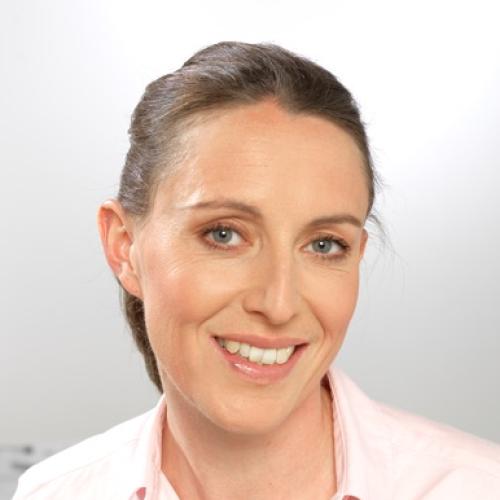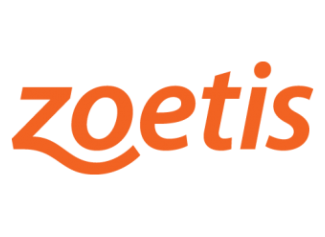From obesity to renal disease, chronic conditions remain some of the toughest challenges in veterinary medicine. Changemakers examine how next-generation therapeutics, supported by diagnostics and other modalities, can deliver sustainable results and change the way veterinarians manage long-term disease.
Zoetis
Website: https://www.zoetis.com/
As the world’s leading animal health company, Zoetis is driven by a singular purpose: to nurture our world and humankind by advancing care for animals. After innovating ways to predict, prevent, detect, and treat animal illness for more than 70 years, Zoetis continues to stand by those raising and caring for animals worldwide – from veterinarians and pet owners to livestock farmers and ranchers. The company’s leading portfolio and pipeline of medicines, vaccines, diagnostics and technologies make a difference in over 100 countries. A Fortune 500 company, Zoetis generated revenue of $8.5 billion in 2023 with approximately 14,100 employees.
For more information, visit www.zoetis.com
From generics to emerging technologies and distribution partnerships, innovative routes to market are expanding reach and reshaping the competitive landscape. Leaders share how new models are lowering barriers to entry, driving scale, accelerating time to market, and creating sustainable value across the ecosystem.

Steve Shell

Neeraj Agrawal
From prevention to treatment, animal health companies are rethinking how products and services connect across the care journey. Industry leaders will discuss how integration is reshaping delivery models, improving outcomes, and setting new benchmarks for the continuum of care.
- Building a sustainable competitive advantage through customer centricity
- Applications of AI & Data that fundamentally change the pet owner experience
- Practice workflows, service models and reaching the animal

Gudrun Ravetz
Currently Gudrun works as a Veterinary Consultant to Pet Health Plans from Denplan and as an external interviewer for prospective veterinary students at University of Liverpool. Alongside practicing as a small animal veterinary surgeon on graduating in 2002, Gudrun furthered her interest in the business side of the veterinary profession by studying for the post graduate certificate in business. Gudrun became President at the BVA Member’s Day and AGM on 22 September 2016.
Transboundary animal diseases (TADs) such as avian influenza, bluetongue virus, and foot-and-mouth disease pose serious risks to animal health, livestock production, and public health. Past outbreaks have exposed gaps in disease awareness and preparedness, with farmers often bearing the greatest impact. Effective prevention, through international collaboration, biosecurity, vaccination, and surveillance, requires coordinated action to stop the spread and support eradication efforts.

Pascal Hudelet
Boehringer Ingelheim
Website: https://www.boehringer-ingelheim.com/
Boehringer Ingelheim is among the world’s 15 leading pharmaceutical companies. As one of the industry’s top investors in Research and Development, the company focuses on developing innovative therapies in areas of high unmet medical need for both humans and animals. Independent since its foundation in 1885, Boehringer takes a long-term perspective, embedding sustainability along the entire value chain. More than 53,500 employees serve over 130 markets to build a healthier, more sustainable, and equitable tomorrow. As a leader in animal health, Boehringer Ingelheim values that the health of humans and animals is deeply connected and strives to make a difference for people, animals, and society. The company offers a wide range of vaccines, parasite-control products, and medicines for pets, horses, and livestock to veterinarians, animal owners, farmers, and governments.
Learn more at www.boehringer-ingelheim.com.
Our panellists will discuss where data and AI are going to have the greatest impact on advancing health outcomes, the delivery of care and R&D.
- AI’s impact on reducing the timeline between adoption of innovation in Human Health and Animal Health
- Improving capital efficiency - rethinking the R&D process with AI
- How common data structure and architecture design will facilitate industry collaboration and unleash the power of existing data
- Improving differential diagnosis at point of care – augmenting, not replacing, practitioner decision making
- Teaching future generations how to deliver care based on new and growing sources of data

Paul Higgs

Tim Bettington
Elanco
Website: https://www.elanco.com/en-us
Elanco Animal Health (NYSE: ELAN) is a global leader in animal health dedicated to innovating and delivering products and services to prevent and treat disease in farm animals and pets, creating value for farmers, pet owners, veterinarians, stakeholders, and society as a whole. With nearly 70 years of animal health heritage, we are committed to helping our customers improve the health of animals in their care, while also making a meaningful impact on our local and global communities. At Elanco, we’re driven by our vision of Food and Companionship Enriching life and our Elanco Healthy Purpose™ CSR framework – all to advance the health of animals, people and the planet.


